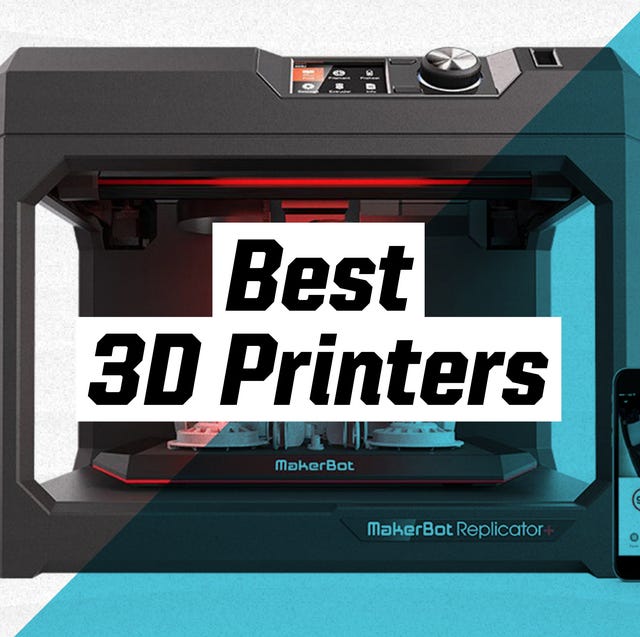When it comes to 3D printing, what matters is not the manufacturer of your printer but how well you are familiar with the printer and its functions. Although 3D printers may not come with as many options, they offer the same advantages like a model with a higher price. You don’t need a complicated device just because it’s loaded with options.
1. What is a 3D printer?
3D printers are devices used to create 3-dimensional objects by putting material into layers. 3D printers come in many sizes and shapes, ranging from desktop 3D printers that cost just a few hundred dollars, low-cost 3D printers that can be accessible to hobbyists and small-scale businesses, to mid-range 3D printers that provide better features than the 3d printers for beginners , and 3D printers designed for professional 3D printing. A 3D printer can be used to create 3-dimensional objects by using 3D computer-aided design (CAD) documents. The printer prints an object using layers of plastic or other materials that eventually form the 3D object. There are two types of 3D printers: FDM and STL printers, that both employ different printing techniques to produce 3D objects. The most cost-effective 3D printers are based on Fused Deposition Modeling.
3D printers can take longer than standard printers, due to the fact that 3D printing is more intricate and requires lots of trial and error to achieve the best results. How well the printer is designed and what type of 3D printer it is will determine how fast 3D printing is. Printers with more features will be slower to print 3D models than those with less features.

2. Types of 3D printers
3D printers generally fall into one of two classes: 3D Printers as well as 3D printer filaments. 3D printer filament is the substance that is used in 3d printers to produce 3d prints. 3D printer filaments are made for both types of 3D printers: hot end(FFF) and cold end. Fused Deposition Modeling (FDM) is the most affordable method to make 3D prints. Extruders in 3D printers melts plastic filaments and is pushed through a tube, which is then inserted into a heated nozzle, where it’s pulled out of an insignificant opening. It then comes into contact with a 3D printed layer below, creating a 3D model gradually. 3D printers with extruders , in the form of Fused Deposition Modeling(FDM) 3D printers are able to print virtually any type of 3D printing materials from ABS to HIPS as well as from PLA to nylon-based 3d filaments.
3. Material types that can be used for 3-D printing
3D printing employs 3D computer-aided design (CAD) files to create 3D models. The 3D printable CAD designs can be printed as 3D models, so long as the 3rd dimension is parallel to the two-dimensional plane that is displayed on the screen. For printing objects 3D, the majority of 3D printers have three types of filament materials. 3d printing filaments are usually available in 3 different material kinds, ABS(Acrylonitrile butadiene styrene), PLA(polylactic acid) and HIPS(high impact polystyrene).
For more information, click laser 3d printer
4. Maintenance of 3D printers
Every 3d printer requires regular maintenance to ensure it prints with no issues. Printers using Fused Deposition Modeling(FDM) require regular cleaning of the nozzle in order to keep print failures from occurring and avoid jams. If there are print jams make sure that all filament is removed from the printer nozzle and extruder.
5. A variety of 3D printers are available for purchase
3D printers typically fall under one of two categories: Printers and printer filaments. The filament is the material used to create prints in 3D printers. Printer filaments are offered for both types of 3D printers: hot end(FFF) and cold end. The cheapest printers utilize the Fused Deposition Modeling(FDM) method for creating prints. Printers with extruders in the shape of Fused Deposition Modeling(FDM) can print almost every kind of 3D filament from ABS to HIPS and PLA to nylon-based filaments. These printers can create 3D models in ceramics, plastics, and metals, among other things.